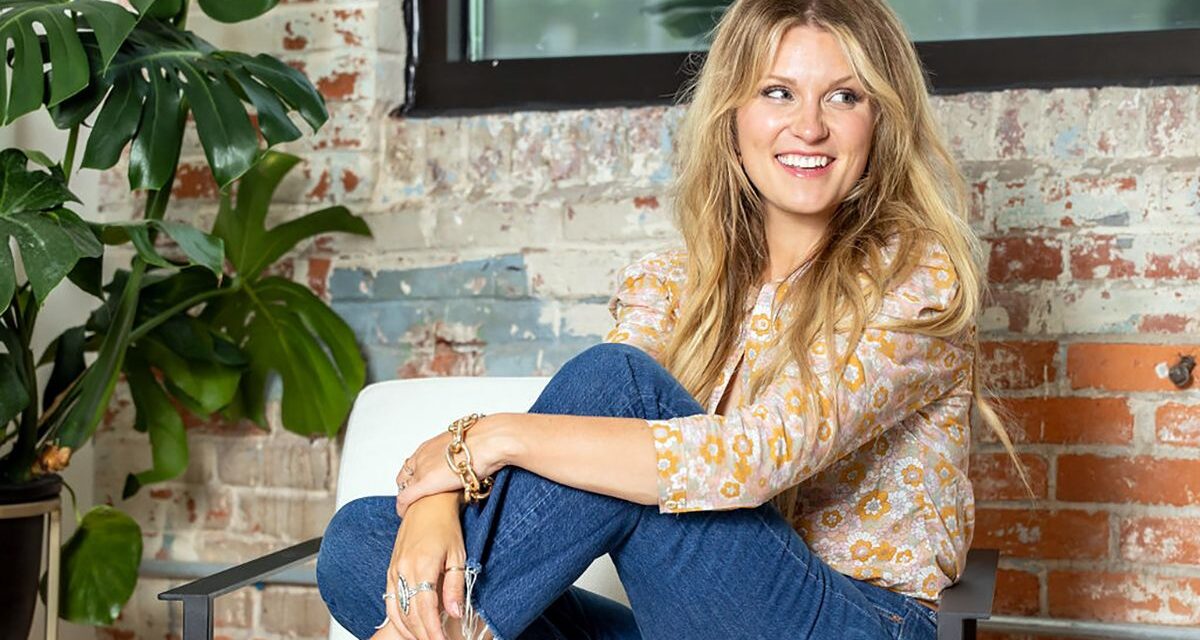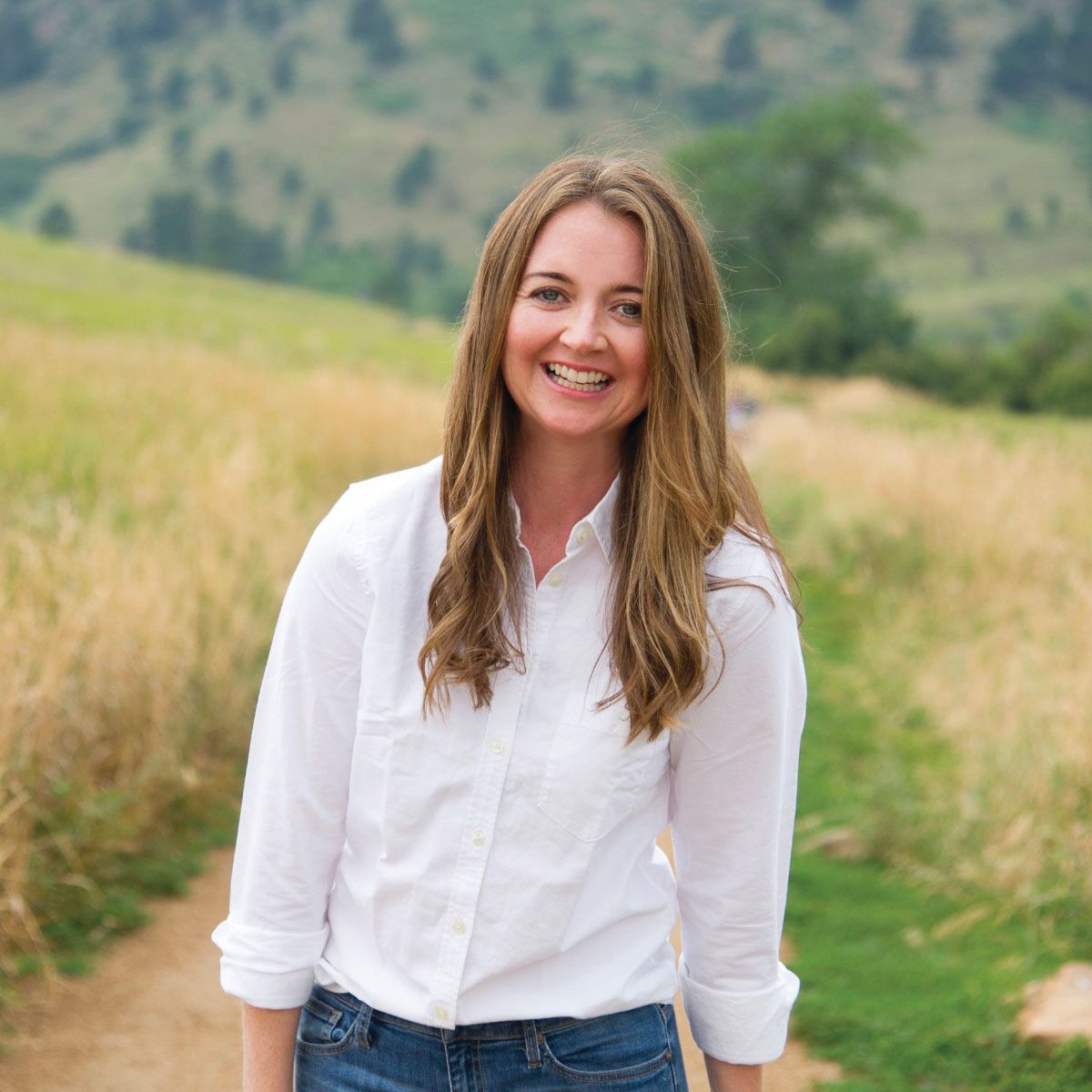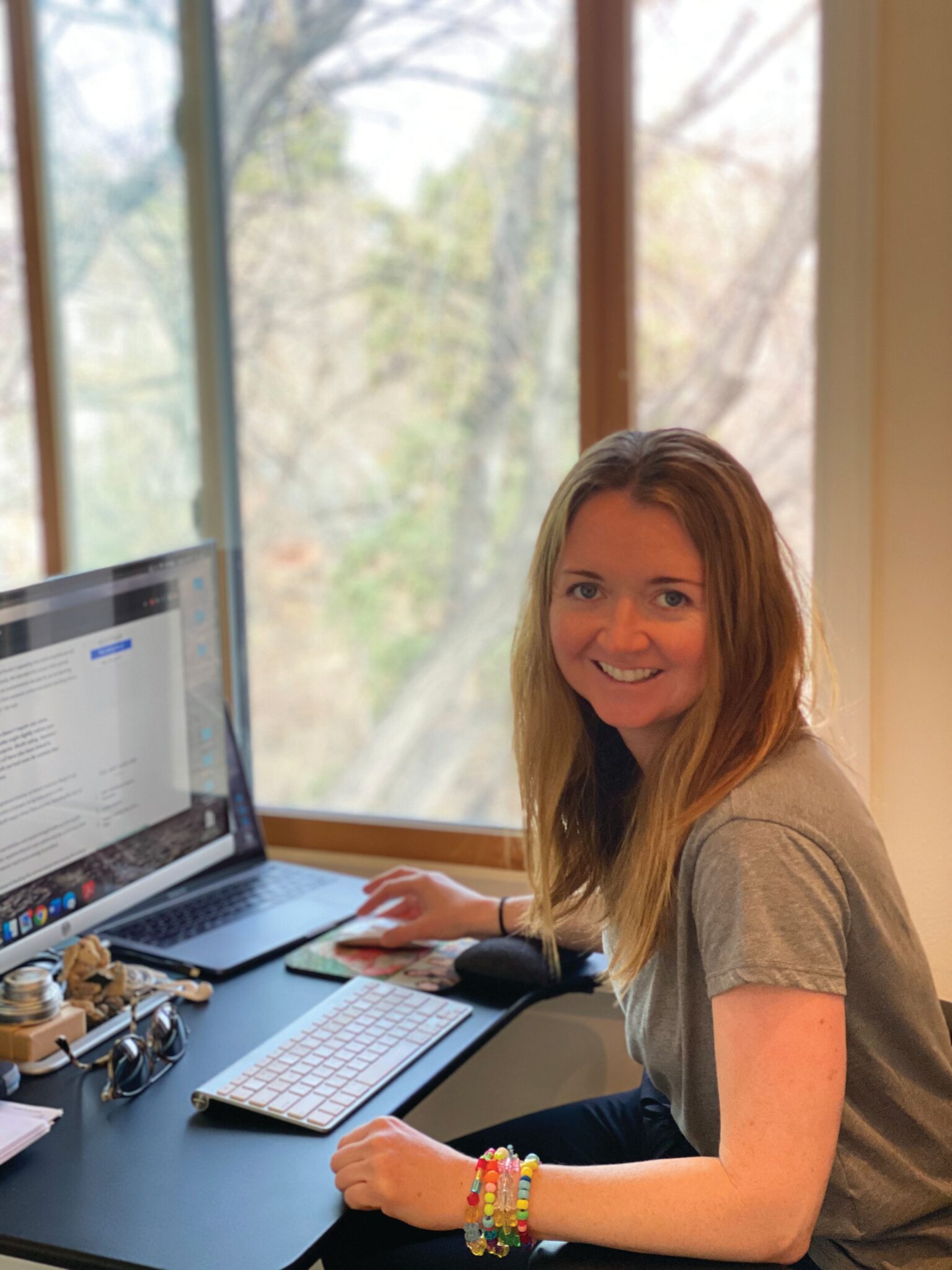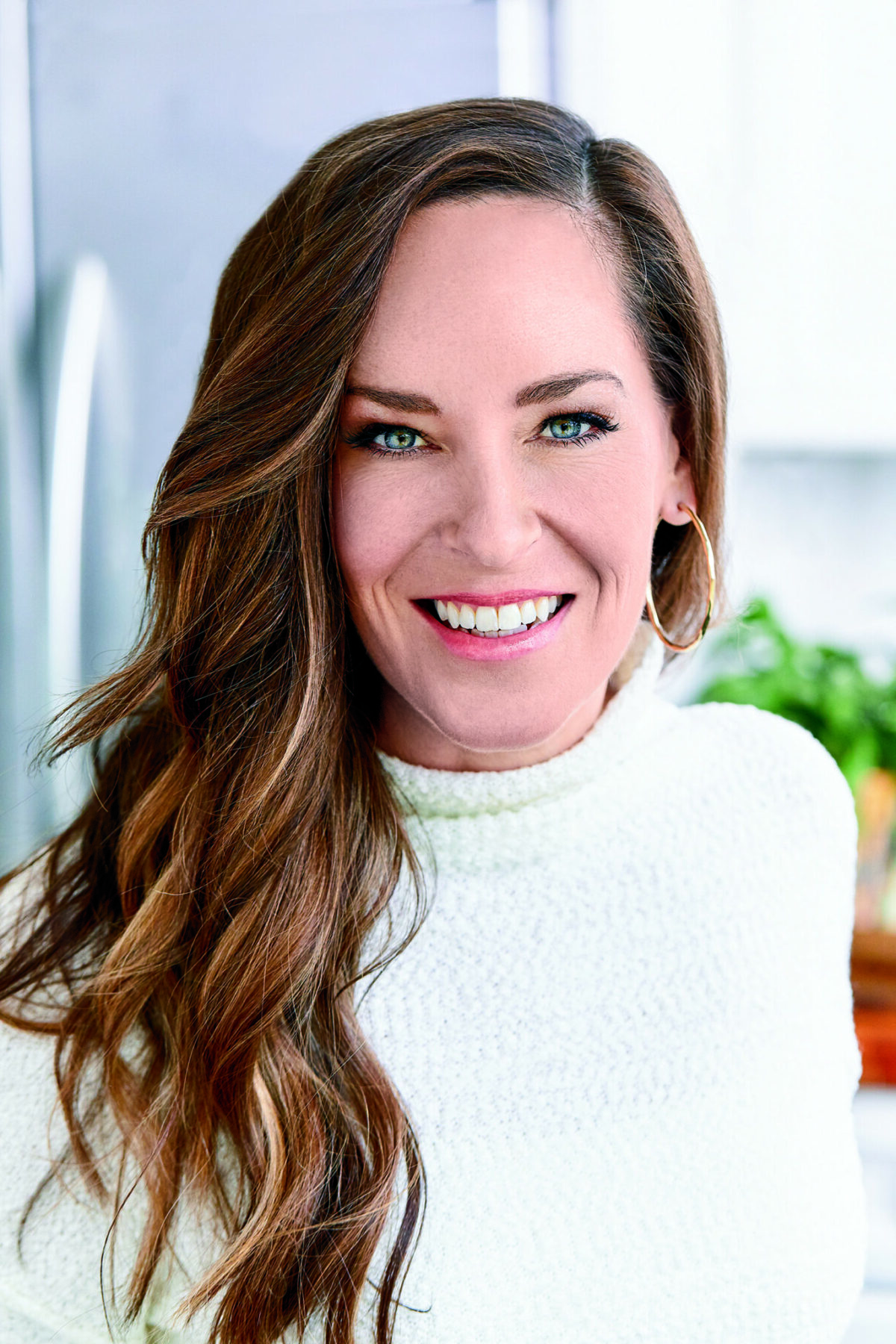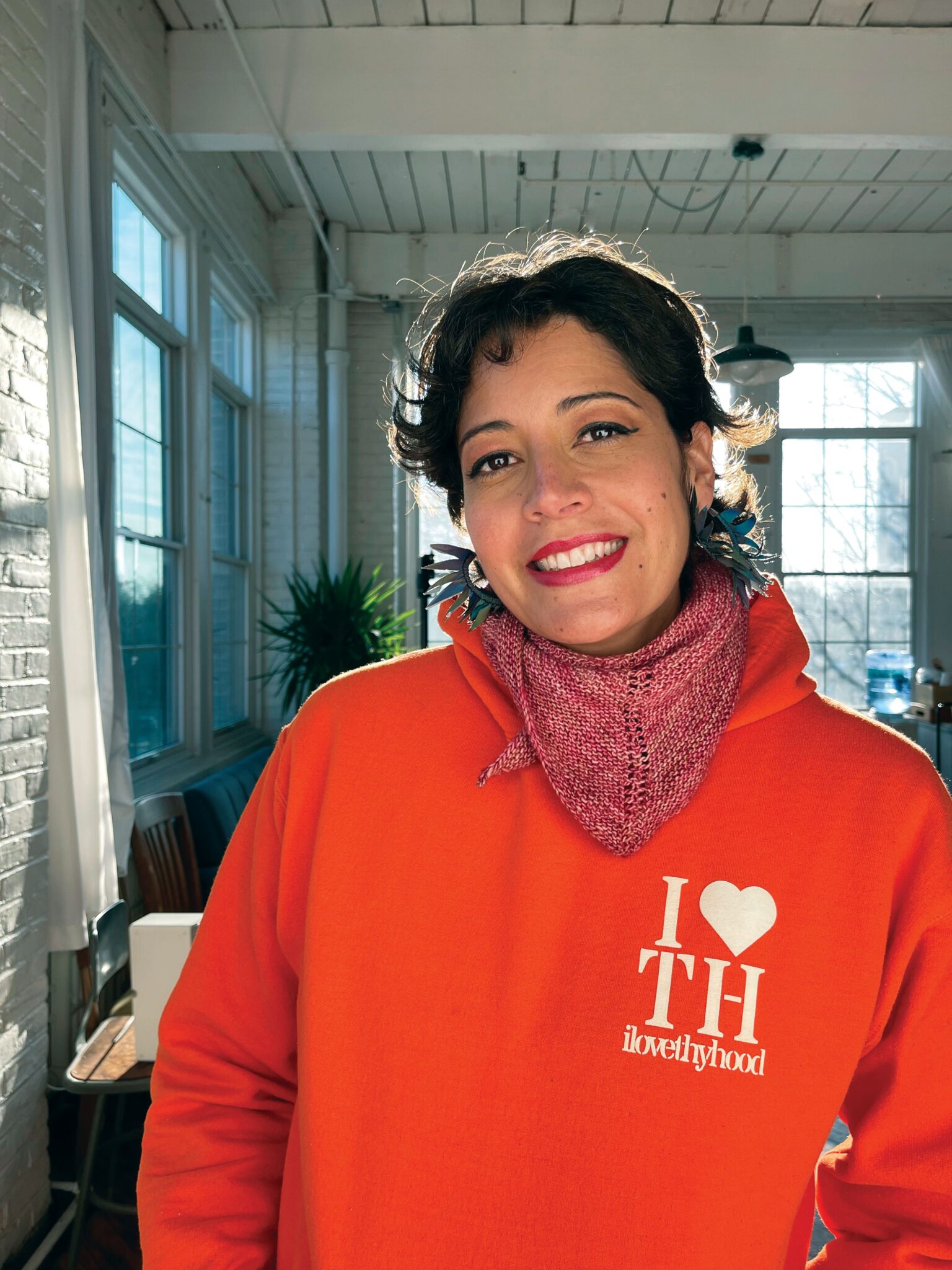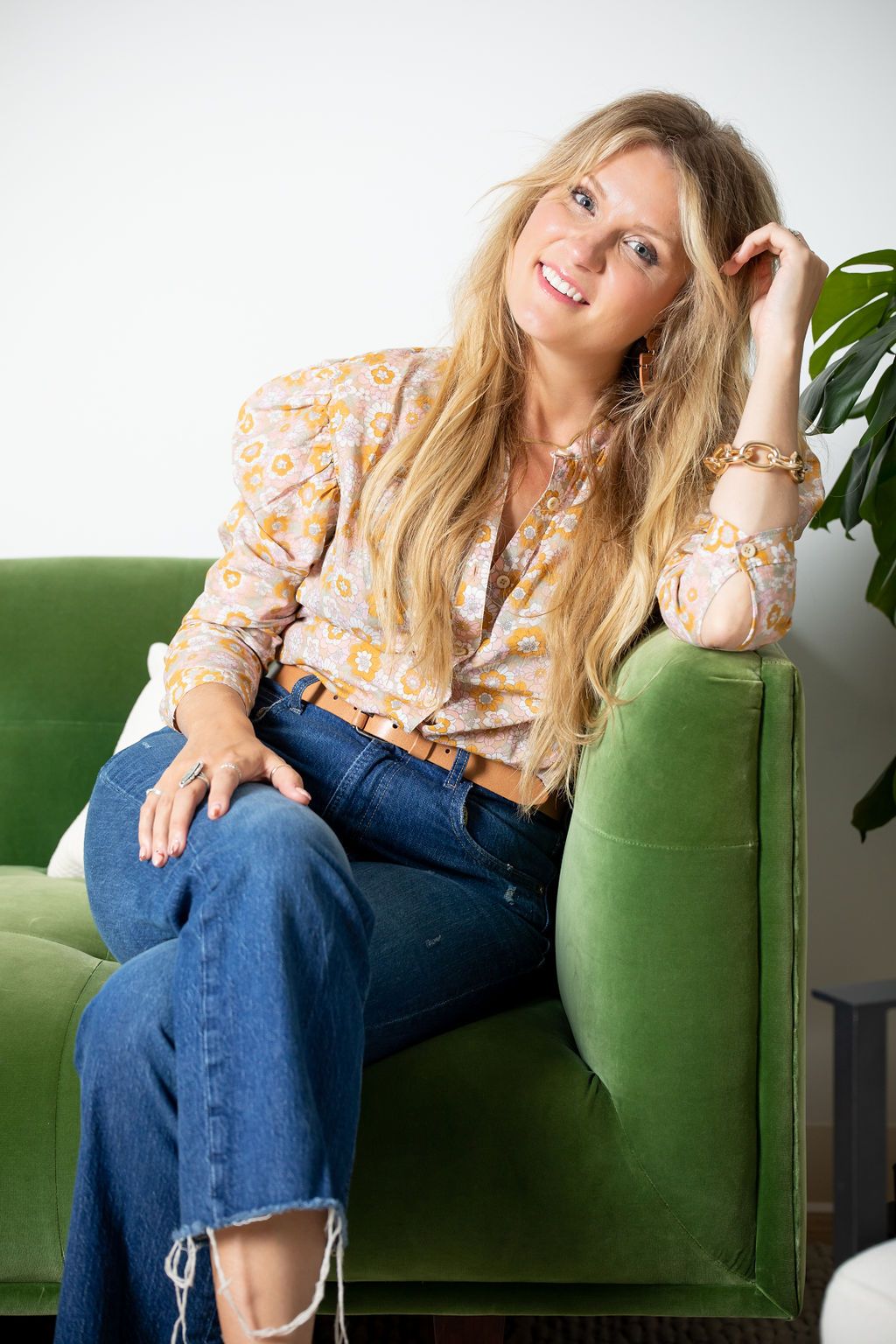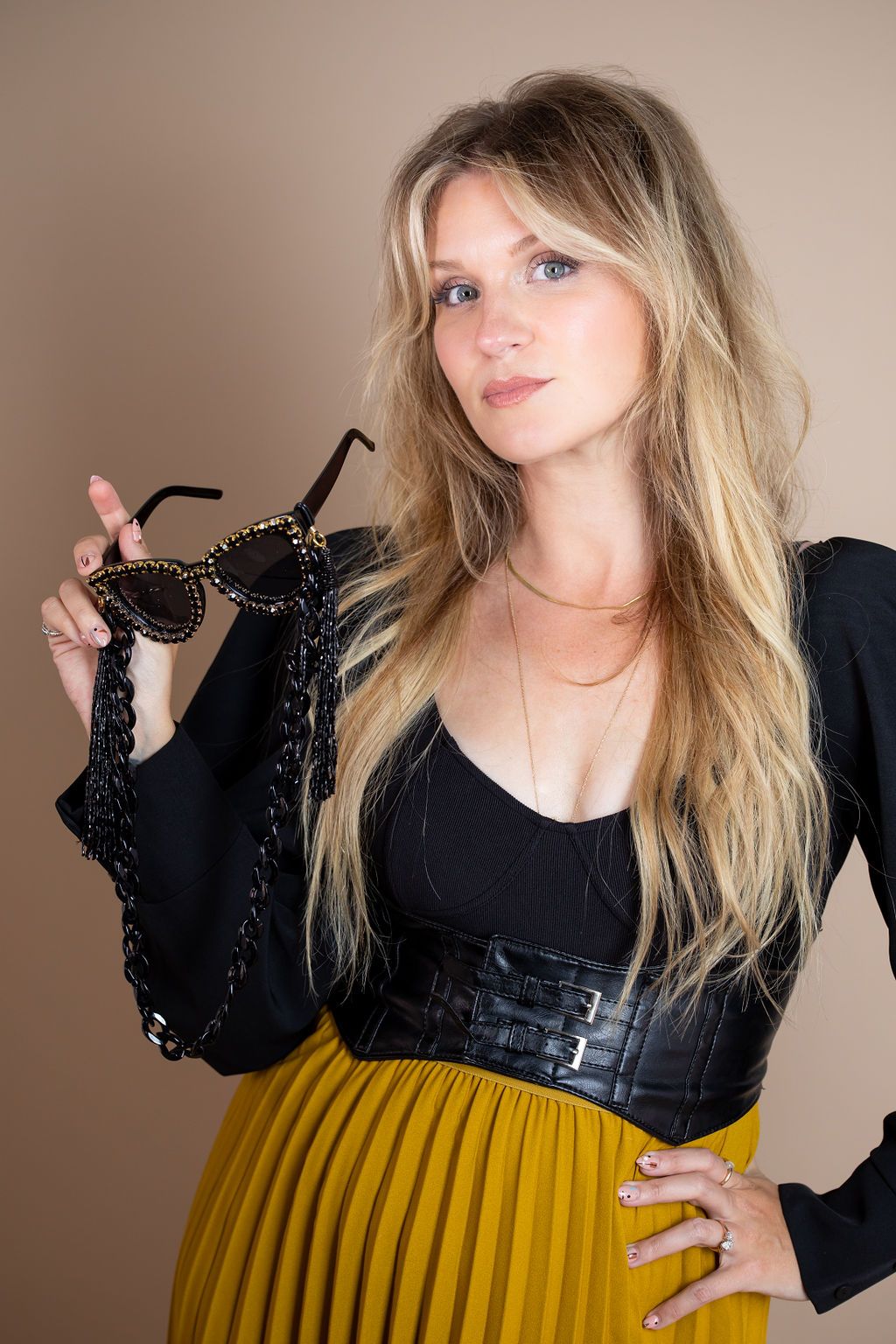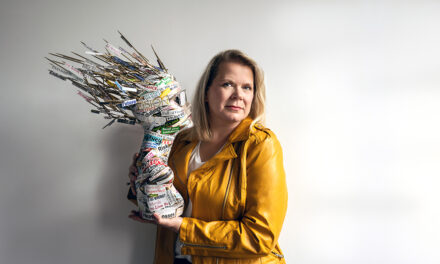MAKE OVER YOUR MAKEUP
We asked Philadelphia-based makeup artist Gina Kay Osborne for her best advice on looking great (even if your morning routine must be under 5minutes), her go-to products right now, and more.
Q: WHAT ARE YOUR TOP TIPS FOR WOMEN WHO WANT TO KEEP THEIR GET-READY ROUTINE SUPER SIMPLE?
A: I’m one of those women! I’m about to be a mom of three, and I run a company of 20 people! Thankfully, that fresh, soft, hydrated look is in right now—and there are a lot of great multi-use products that can help you get that look.
My top tip if you’re looking for a 10-minutes-or-less face: Buy a couple of key multi-use products and remember that less is more. For example, instead of foundation, use a tinted moisturizer with SPF. I love a great cheek and lip tint as well. They’re pigmented, and you can use as lip color and cream blush and even dab a little on your eyes.
For brows, I recommend using a tinted gel instead of penciling. One quick swipe through gives you color, and some shape that lasts. After that, apply some spot powder and use a sealant spray to make sure everything stays put throughout the day.
Q: WHAT ARE YOUR FAVORITE PRODUCTS RIGHT NOW—THE ONES YOU FIND YOURSELF REACHING FOR AGAIN AND AGAIN?
NO. 1: TATCHA THE PEARL
This tinted eye cream has subtle color, so I’ll use it in place of concealer. It’s not heavy or cakey and it’s brightening. It’s literally one of the very few products that I’ve bought more than once. I’ll use it on other spots on my face as well—like if there’s a little redness around my nose, or I’ll layer it under a little dab of concealer if I need some extra coverage.
NO. 2: ILIA MULTI-STICK.
I love Ilia’s entire line, but this duo is so versatile for pigment. I’m a huge fan of cream blushes. As we age, we start to lack moisture in our skin, and this product adds vibrancy and brightness to any complexion.
NO. 3: INNER BEAUTYCOSMETICS COCO BALM HIGHLIGHTER.
A lot of women get too crazy with highlighter—or they’re scared to use it because they think they’ll look like a disco ball! Because this is a cream, it’s softer and subtler than most highlighters and adds a fresh dewiness to skin. (I also love this company’s lip oil, which is super hydrating without being too oily or sticky!) You can use my discount code for 20 percent off this local line: LOVEGINA.
NO. 4: KOSAS TINTED FACE OIL.
I’m obsessed with this lightweight tinted base, which is hydrating and provides coverage without making you feel like you have a heavy product on your skin.
NO. 5: ANASTASIA BEVERLY HILLS BROW FREEZE.
I tell my friends and clients that using this product is essentially like giving yourself a brow lift! We’re seeing the lamination look, where brow hairs are pushed up into place. This does that, but it can be more contained—so you’re not feeling like your brow hairs are standing straight up in the air.
NO. 6: SALTY FACE TANNING WATER.
This subtle self-tanner gives you the most natural color that builds, and it’s beautiful! You apply it right after your skin-care routine, and it’ll make you look like you’ve just been out in the sun for a few hours and have a little bit of color. No weird foam, no mess, amazing results.
Q: WHAT SHOULD WE LOOK FOR WHEN IT COMES TO FINDING “CLEAN,” NONTOXIC PRODUCTS?
The clean beauty industry is really flourishing right now. My favorite online store is Credo—essentially, it’s an Ulta or Sephora, but for clean products. They have an entire staff of people who are ingredient specialists, which means they do all of the research for you. It’s important to me to use products that work and that I can feel good about putting on my skin. The skin care and makeup lines Credo sells fit that description.

